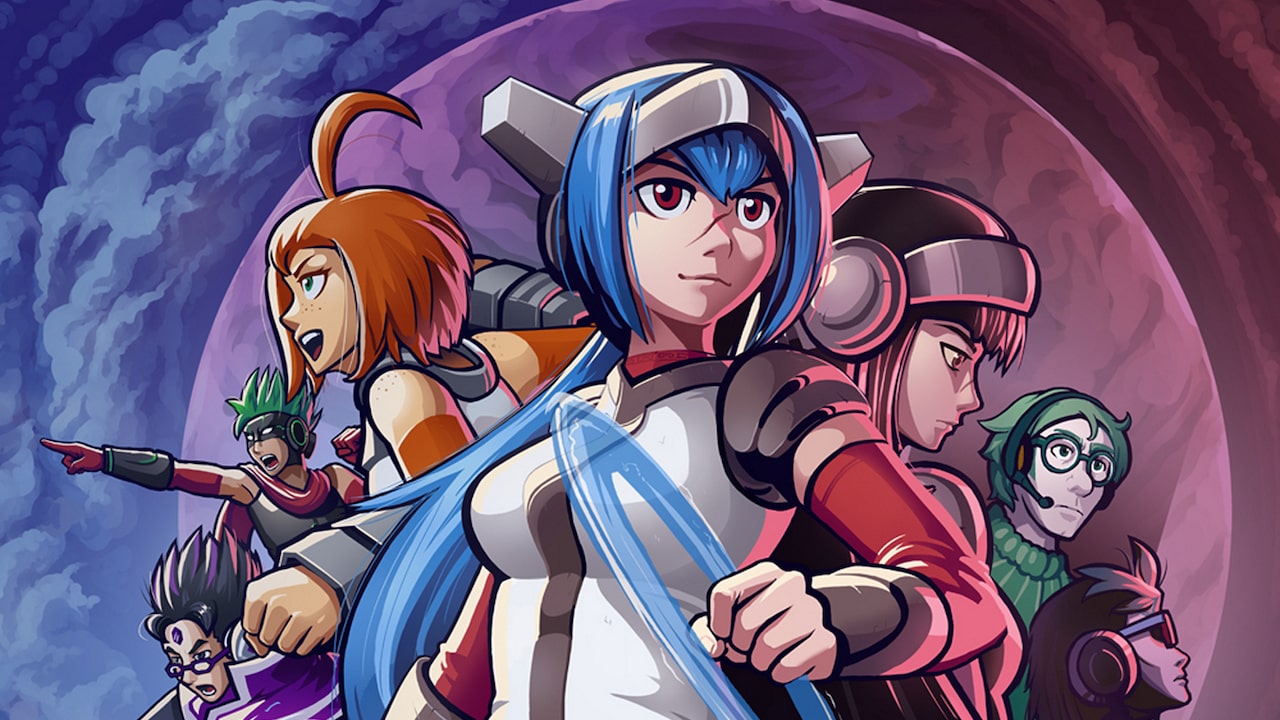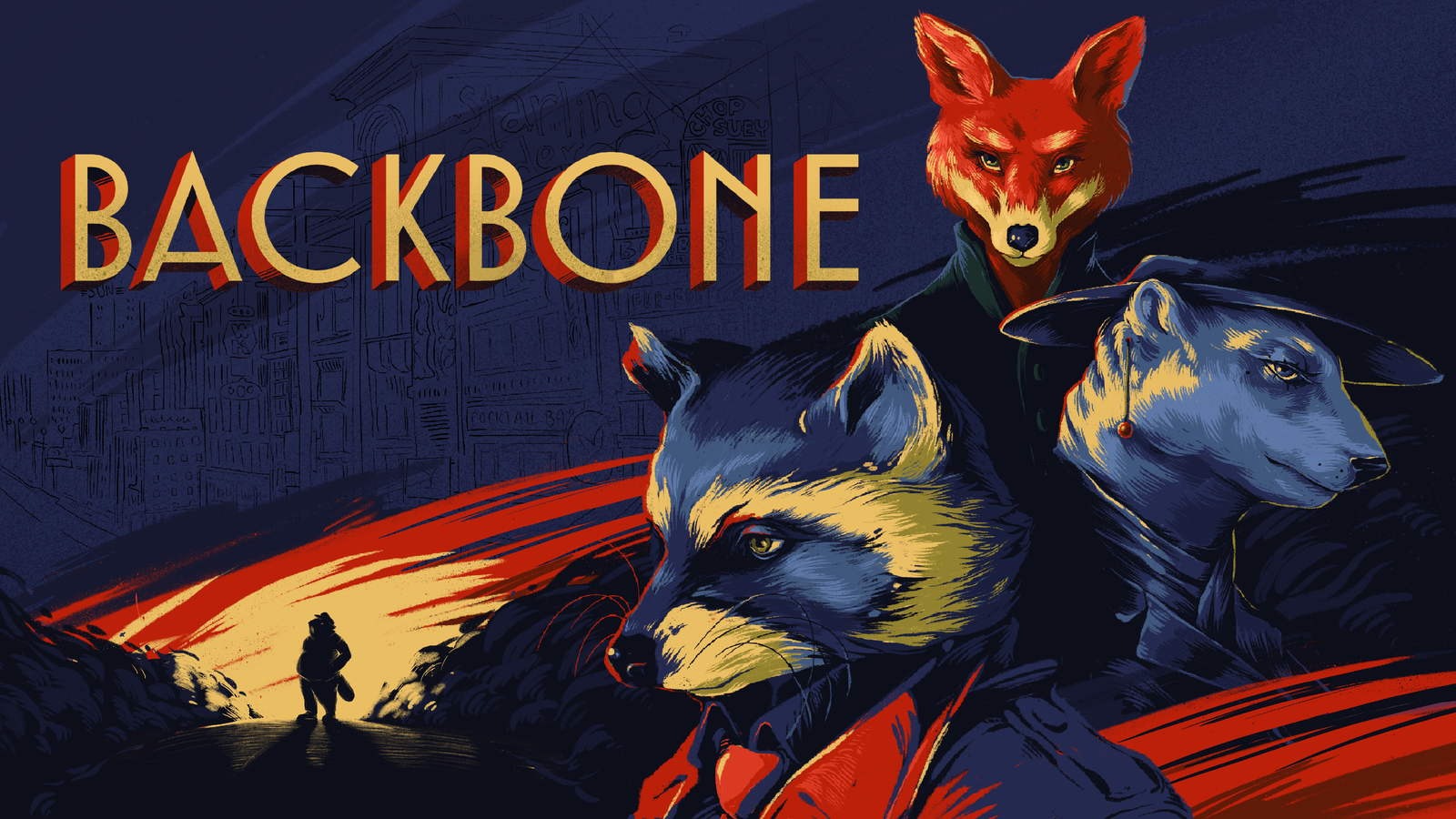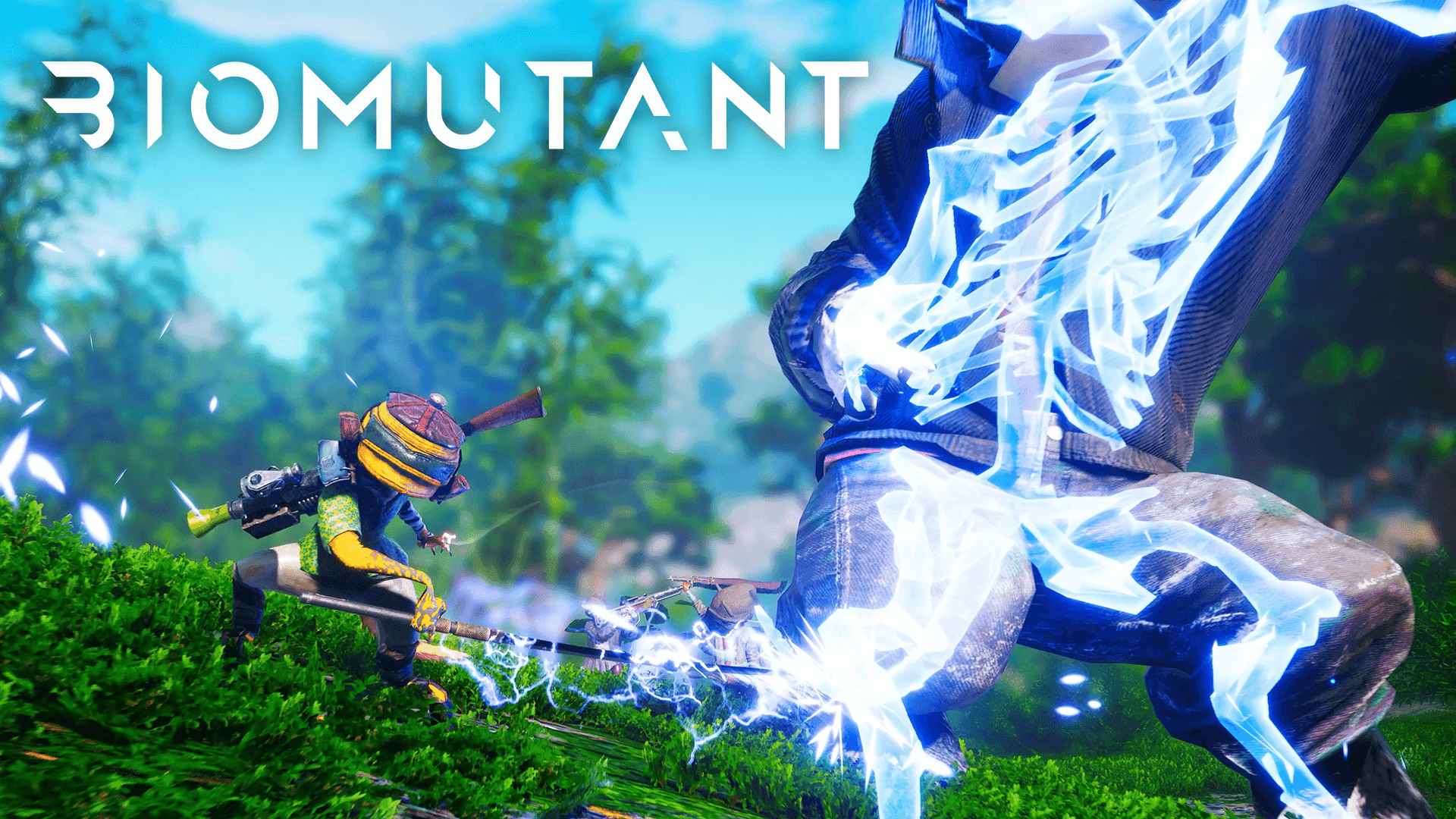After being marooned on PC for almost two years, console gamers will finally be able to get their hands on CrossCode. With heavy inspiration from dungeon crawlers of the 16 bit era, developer Radical Fish Games have crafted a game that melds nostalgia with modern RPG tropes and a unique twist on its setting. Luckily, CrossCode mostly holds up on home consoles despite inheriting some not so flattering qualities of the games and genres that influenced it.

For anyone who hasn’t experienced CrossCode before, the setting is what’s immediately striking – the game takes place within an MMORPG. It provides a unique sense of duality in that you’re playing a game set within another game. Most of the supporting cast are players within the game world known as The CrossWorlds – a virtual reality that connects avatars to tackle fictional quests and save the world together. However this world more closely resembles an actual virtual reality as each avatar is connected to their player through sensory connection rather than being piloted with a controller or mouse and keyboard.
Our story begins as Lea, a newly animated avatar, is brought to life outside of the game world. Aboard the ‘MS Solar’ – a cargo ship inhabited by maintenance workers of The CrossWorlds – Lea learns that she has been reanimated to retrieve lost memories that will be tracked down within the game world. Lea’s introduction to the game world is unconventional and largely secretive. Thanks to a malfunctioning speech module, she also can’t speak with the exception of two or three simple words. Couple this with an early attack by a mysterious avatar and a cryptic prologue where a sister saves her dying brother – what you get is a very intriguing story set up.

Where the game stumbles somewhat in the narrative department is in its insistence on throwing a lot of exposition at the player at once. The game even jokes about how much reading it’s making you do, but the self-deprivation doesn’t help the problem much. You’ll spend a considerable amount of time watching dialogues exchanges play out on screen and having one new character after another clarifying every little detail for you. On the surface, the writing is good. Characters generally have interesting things to say even if they aren’t connected to the main story line. But the sheer amount of dialogue makes the endearing nature of the conversations grow tiresome. I was thankful, however, that each chat is archived in the menu. This makes checking a story detail or instruction you may have missed quick and easy.
From a gameplay perspective CrossCode is immediately reminiscent of action RPGs from the 16-bit era, specifically A Link to the Past. Players will spend their 30+ hours equally between navigating through dungeons, fighting enemies in the open world and tackling side quests for supporting characters. Where the game differs from its contemporaries is in its skillful use of advanced RPG mechanics Full blown leveling, equipment customization, and skill tree systems are all put to full use in CrossCode. Players will be able to finely tune their their play style as they progress through a Circuit system – the game’s take on skills. Each new level reached awards a Cross Point which can be used to unlock new passive or active abilities. Players can spec into HP, defense, focus, or attack with a large range of abilities and buffs – making for massive amounts of combinations. Being able to swap between active circuits provides enhanced flexibility and allows players to quickly switch to abilities to suit the situation.

Equipment can be collected and slotted into five different body slots. Pieces of equipment can enhance abilities and specializations for added customization. Adding depth is a unique trading system. This largely takes the place of a traditional crafting system where items looted from enemies are swapped to vendors for better items. These items can be subsequently traded for new equipment or sold for credits. As is the case with many RPGs, looting and grinding is fundamental in constantly improving stats. The best RPGs find ways to make this process constantly invigorating to mask the true nature of its repetition. Unfortunately though in CrossCode’s case, it’s a necessary evil that, thanks to the simplicity of the combat, gets old fast. Soft level gates on main line dungeons make slashing through countless mobs in the overworld more than compulsory and less than exhilarating.
Combat in CrossCode is kept relatively simple. Players will use melee and ranged attacks to both dispel foes and interact with dungeon puzzles. Circuit abilities are visually impressive but relegated to only being stronger variants of melee and ranged attacks. However, ranged attacks gain added importance with the use of Virtual Ricochet Projectiles, or VRPs. This adds a layer of utility and strategy to ranged attacks as your projectiles can be bounced off surfaces and send certain items flying. Many puzzles will require the player to aim shots at several deflecting surfaces to hit otherwise inaccessible switches. Later stages use bombs that have to be carefully and quickly aimed to remove barriers. These puzzle solving mechanics start out simple but quickly gain complexity to provide focused yet intuitive puzzles that rival those of 2D Zelda dungeons. This is all complimented by some of the most smooth and fluid analog controls in a 2D game that we’ve ever experienced.

Where the puzzles lost some of their impact and creativity however is in the sheer amount of them. This isn’t a fault of the puzzle design itself, but more in the bloated size of some of the game’s dungeons – where the majority of the puzzles are found. In some cases the dungeons felt as though they dragged on for far too long. Defeating the end boss can feel like less of an accomplishment and more of a massive relief that you finally get to move onto something new. Adding to this were other minor quirks such as only being able to see an enemy’s level by entering a quick menu, or slight loading delays between in game menu screens.
As you progress through the game, Lea will encounter new NPCs that can join your party to assist in the fight outside of dungeons. Early on, Lea groups up with an avatar known as ‘Emilienator’ – a Pentafist class player who focuses on tanking and melee. Emilie can join your group up as a computer controlled party member to help with side quests and open world activities. This helps to get through some of the tougher open world stretches of the game and expedites grinding at the expense of some XP. It also aids in creating a sensation of being in an actual MMO. Emilie even paves the way for Lea to join her first guild in the CrossWorlds. Up to two other members can be in your party at a time and can be brought in or out whenever you please.

CrossCode combines elements of some of our favorite 16-bit action experiences with in depth role playing customization. An intriguing story with a unique setting and hours of gameplay help round out a package that is more than welcome on home consoles. Despite some monotonous grinding and areas that can be a bit overburdened with lore, CrossCode should not be missed by those who haven’t had the pleasure of experiencing it before.
CrossCode launches on Playstation 4, Nintendo Switch, and Xbox One on July 9th, 2020.

*CrossCode was given to the reviewer by the publishing company but this fact did not alter the reviewer’s opinion*









